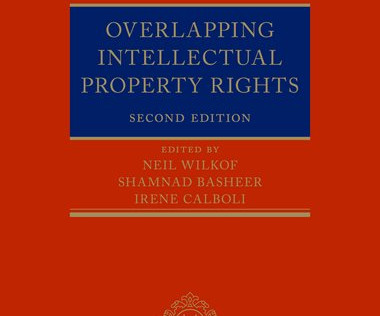Copyright Protection For Databases In India
IP and Legal Filings
AUGUST 19, 2022
These risks will only get worse as humanity becomes more dependent on computers and digital information and as inventive new ways for technology to reproduce and distribute data products are developed. In the Indian scenario, protection: India does not have a separate database protection law as the European Union does.












Let's personalize your content